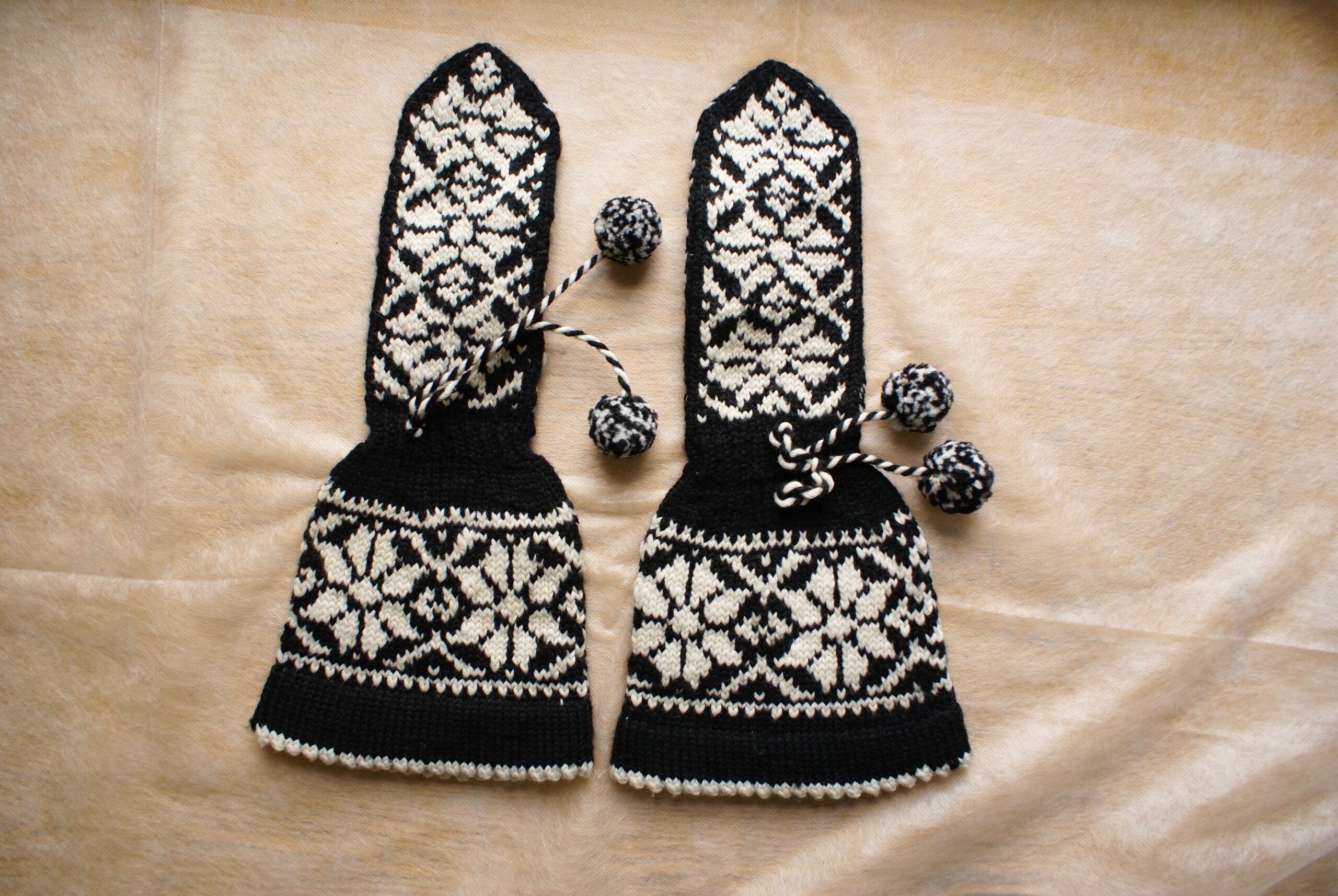
Most of us have seen the delicate crochet work used in national costumes for collar, sleeve or crown edging, and the colourful knitted socks and mittens sold in markets and craft booths in Lithuania.
Wrist warmers (riešinės) have come back into vogue and summery linen knits are also popular.
In Lithuanian the term mezgimas is often used for both knitting and crochet. The correct word for crochet is nėrimas, but other descriptives are often included: siuvinėjimas kilpelėmis (literally “loop embroidery”), or mezgimas vašeliu or kableliu (knitting with a hook), which distinguishes it from mezgimas virbalais (with knitting needles).
MEMBERS (Requires login): Learn how to knit beaded wrist warmers
History of Lithuanian Knitting
The first Lithuanians to value hand knitting as a form of folk art worthy of documentation were Antanas Tamošaitis and his wife Anastazija. In 1935, Antanas and Anastazija noted the variations in knitted gloves and mittens across the five cultural regions of Lithuania, and collected samples from each region to exhibit in Kaunas. They published many books about folk art, including Mezgimas (Knitting; 1935) and Namie austi drabužiai (Homemade Woven Clothing; 19370, by Anastazija, and Sodžiaus menas, kn. 5: Mezgimo-nėrimo raštai (Village Arts, no. 5: Charted Knitting and Crochet Patterns; 1933), by Antanas.
Knitting Traditions
Knitting is fascinating not only because it is beautiful and functional, but also because each stitch infuses a hand-knit project with the story of its maker and details about the time and place in which it was made.
Most gloves and mittens were elaborately patterned, although only two, or at most three, motifs would be used on a single object. Sometimes the fingers and thumbs were solid-colored. The hand of a mitten or glove might be covered with many individual motifs arranged in horizontal, vertical, or diagonal bands, or might be decorated with an all-over, interlocking pattern. Individual motifs might also be surrounded by an interlocking lattice pattern.
Socks were sometimes worked with all-over patterning, but just as often had patterned cuffs above plain legs and feet. For summer wear, socks were knit in lace or stockinette stitch out of undyed linen yarn, or with undyed and dyed linen in stripe patterns.
Today, women in Lithuania knit from contemporary books and patterns, and they make sweaters, shawls, afghans, toys, and a huge variety of fashionable and kitschy projects, just like knitters everywhere else. Because traditional Lithuanian knitting produced accessories worn as part of the national costume, knitters around the country also pick up their needles to make reproductions of these items that are then worn by performers in singing groups and at holiday festivals and craft markets.
** Want to learn more about Lithuanian Knitting and try it yourself?
Become a member of LTFAI.org and get access to our tutorials, online videos, and members area. **


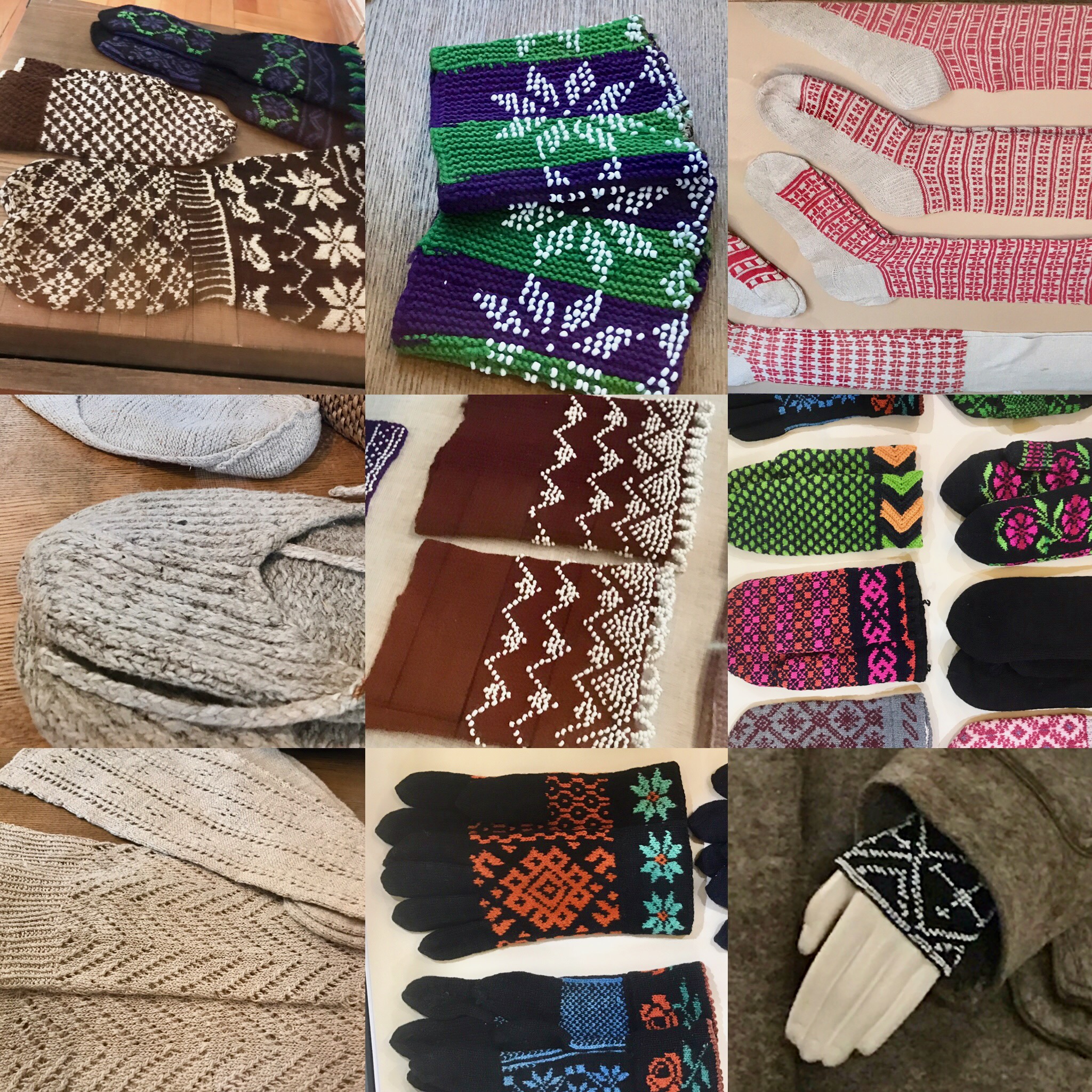
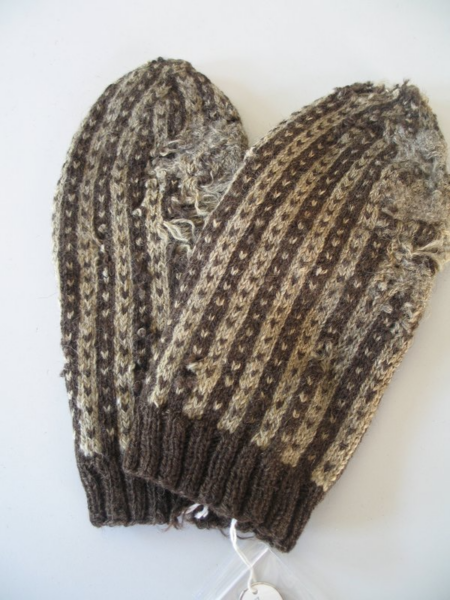
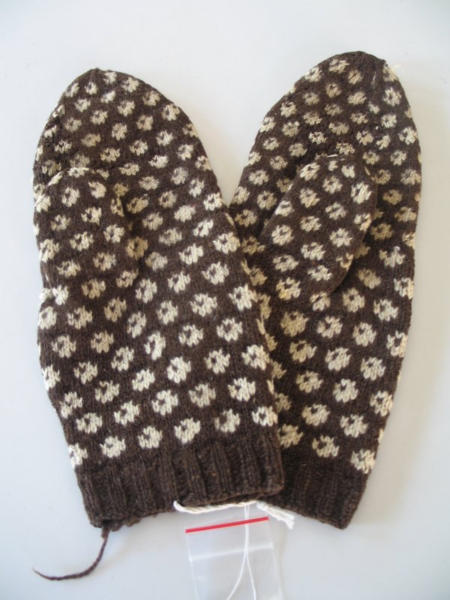
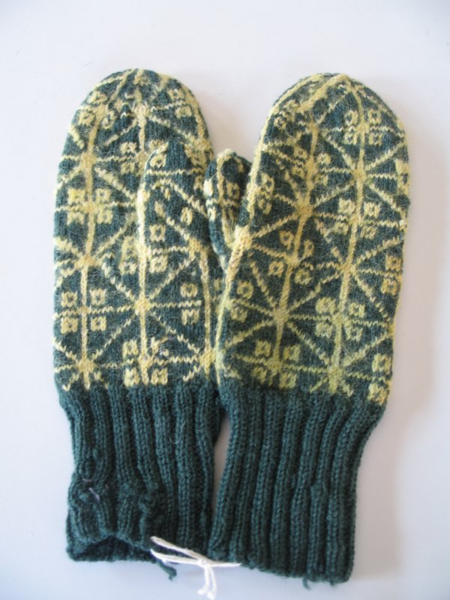
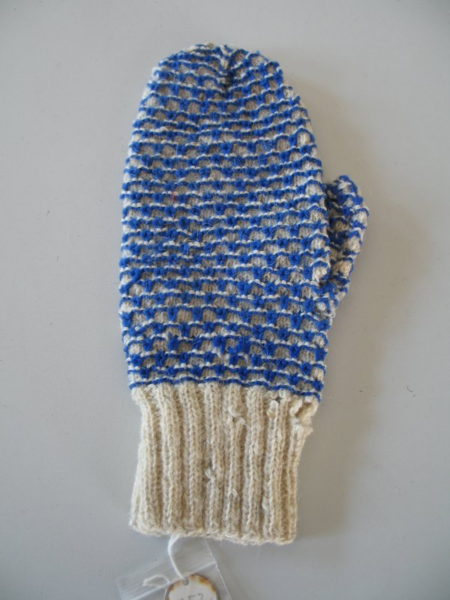
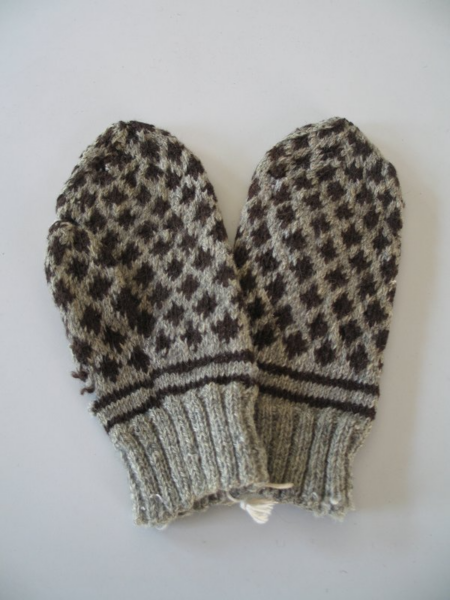

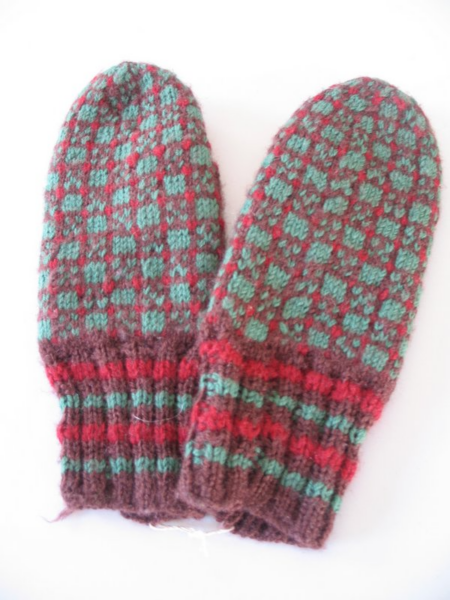
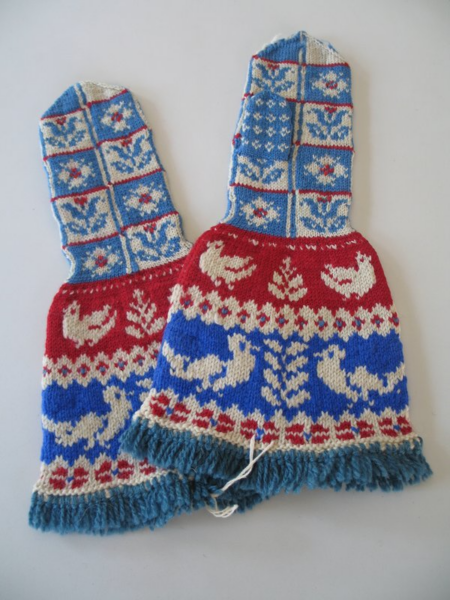
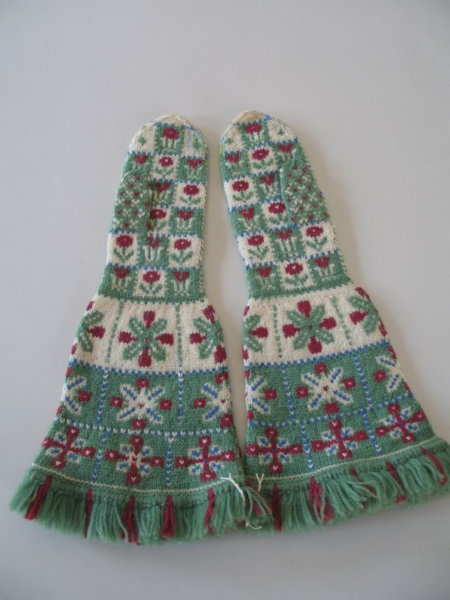
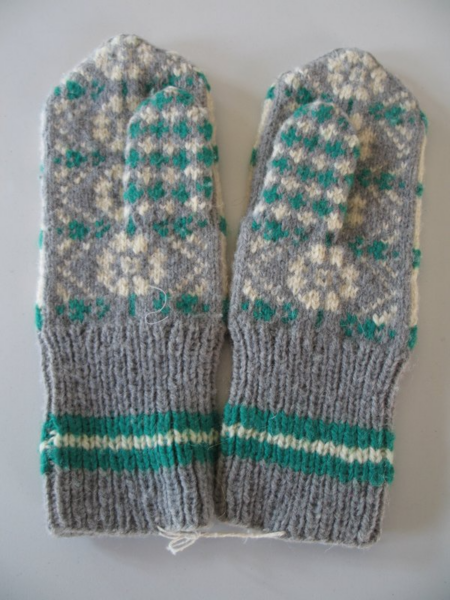
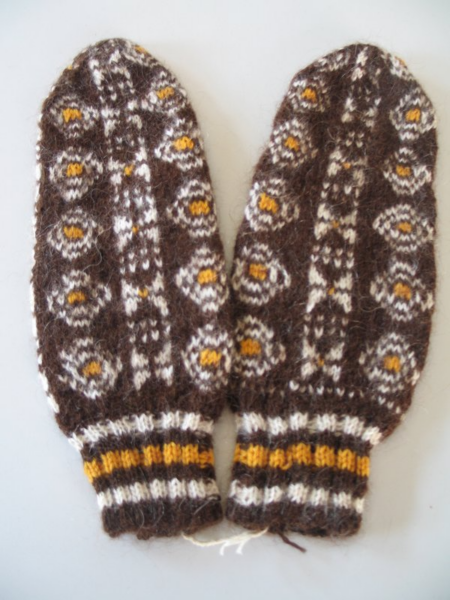
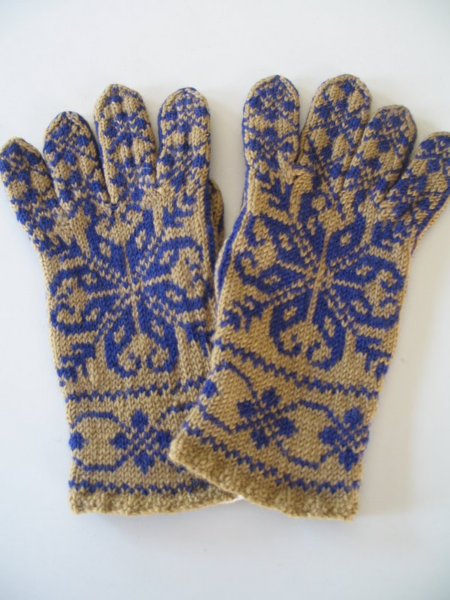

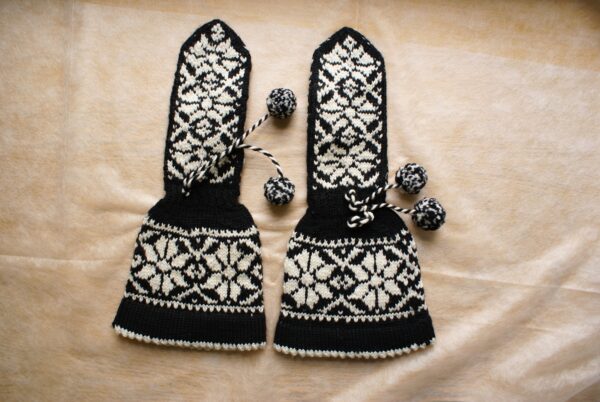
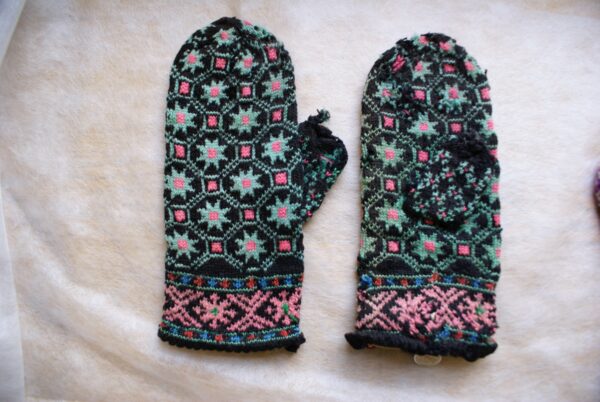
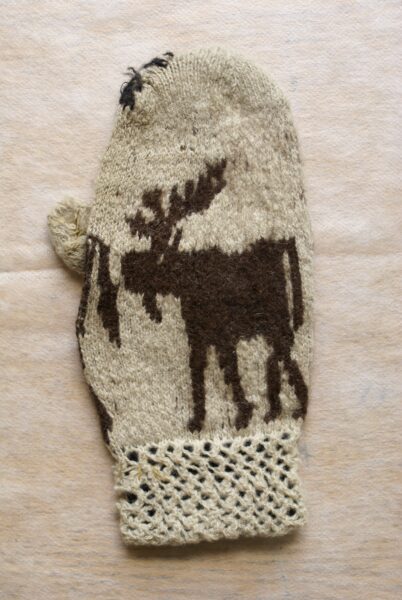
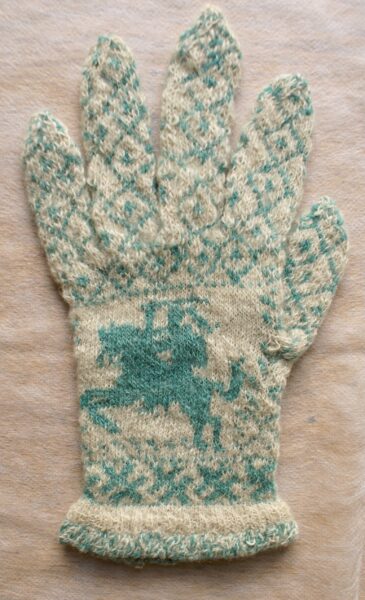
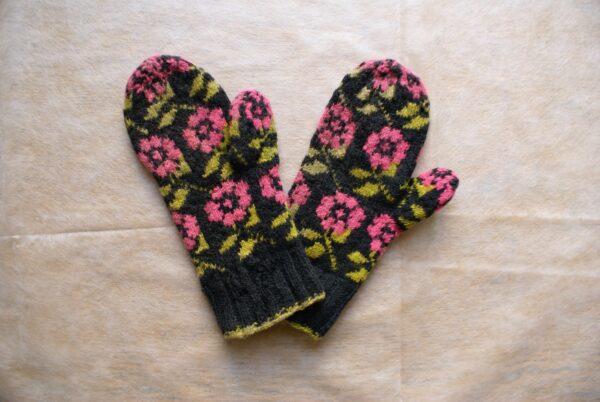
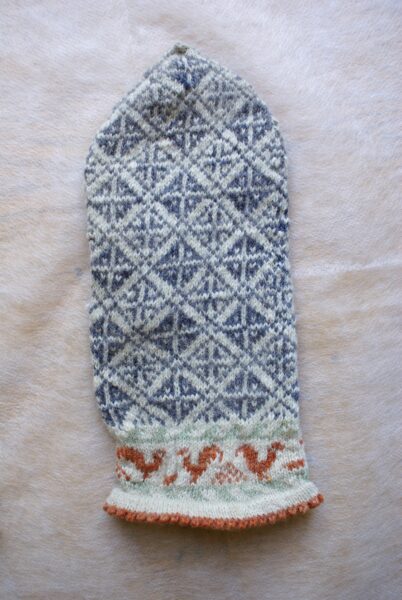
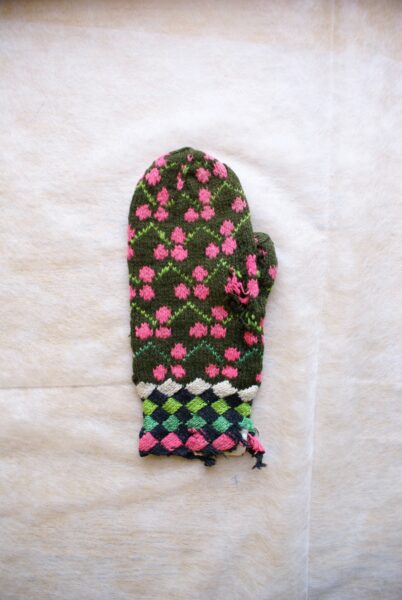
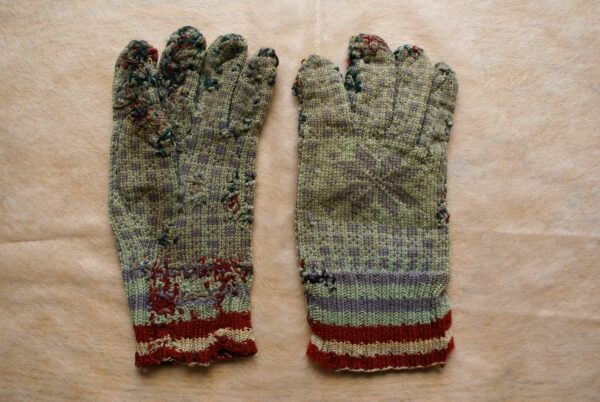
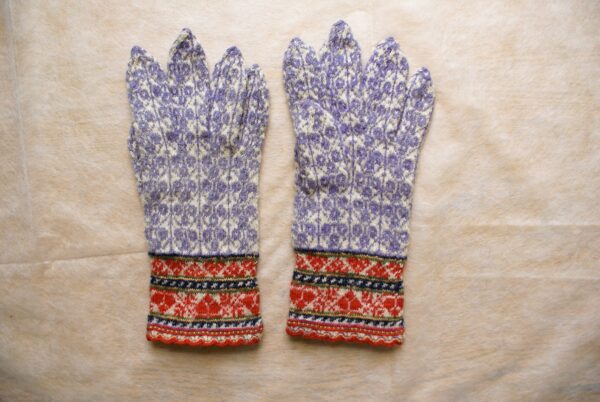
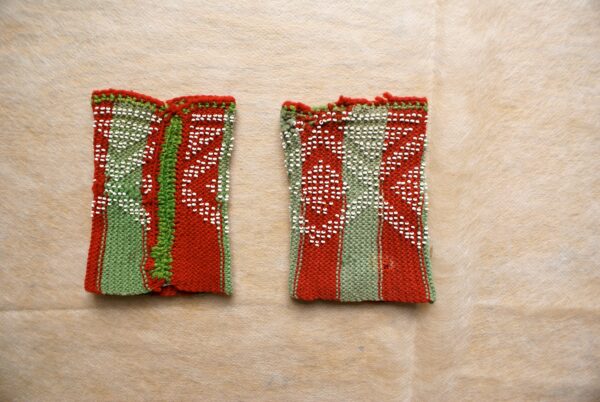
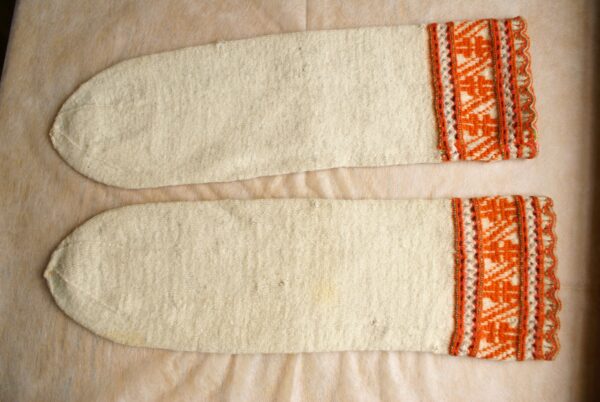
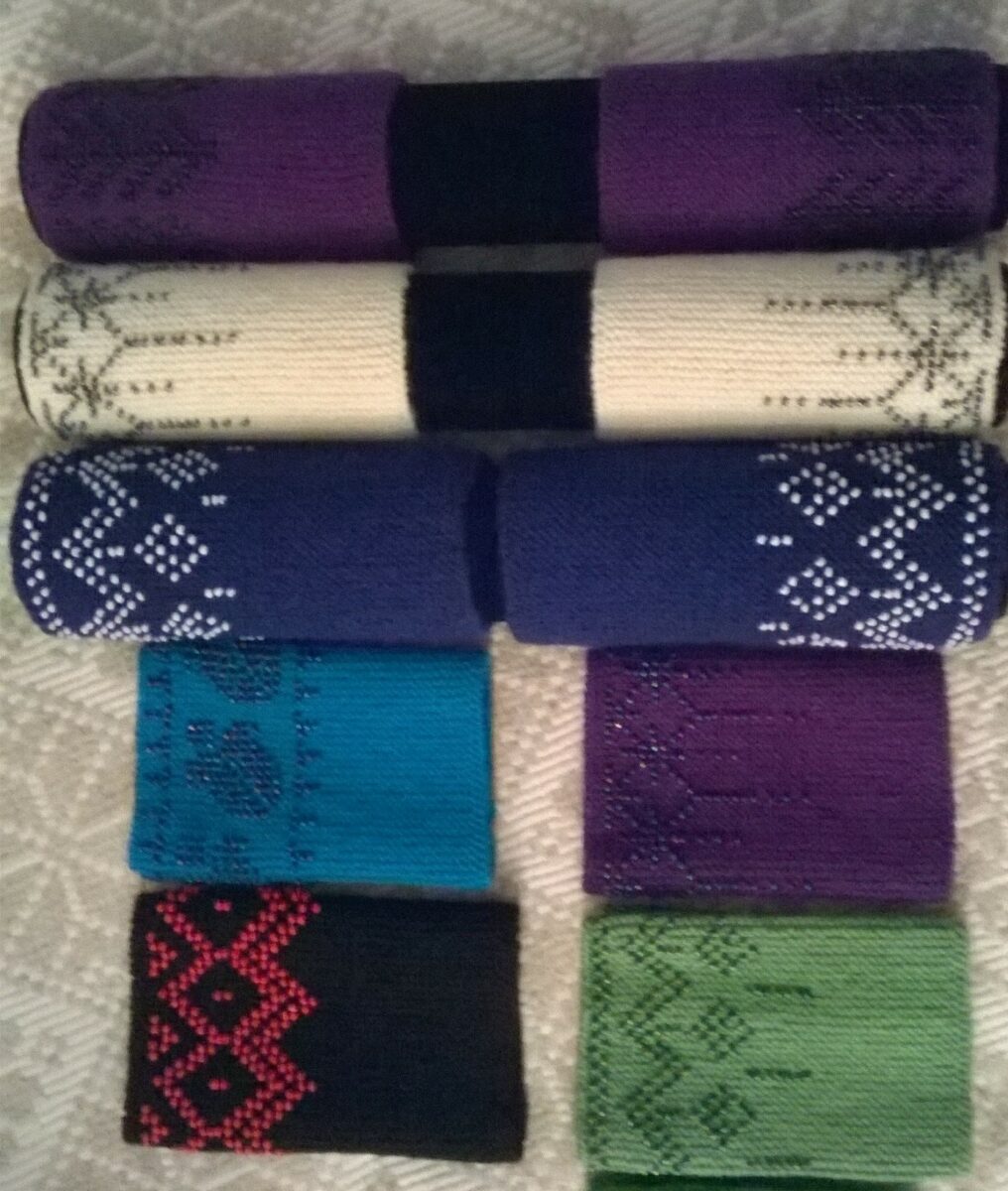
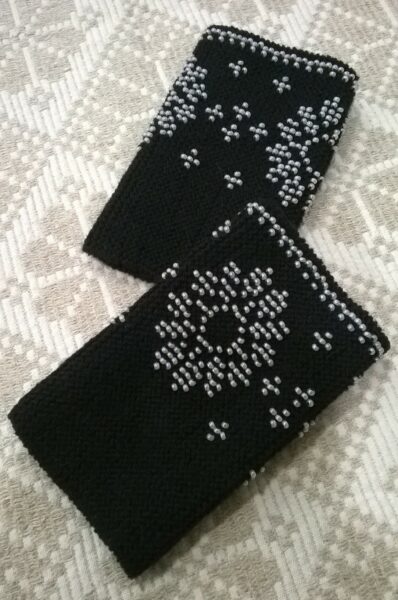
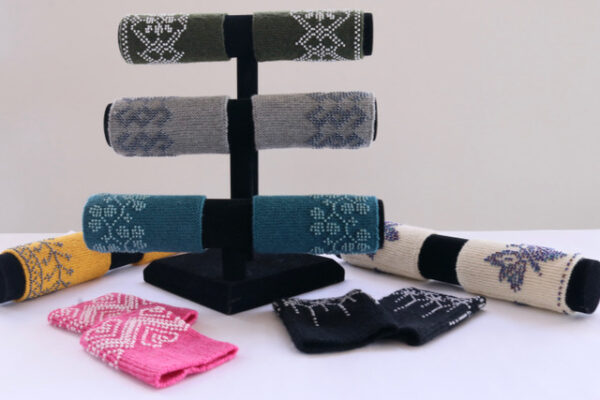
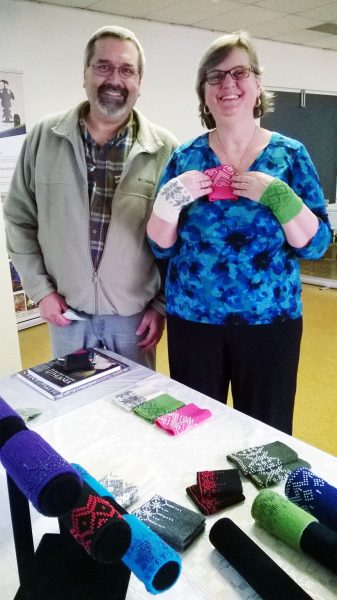 An artisan specializing in knitting. She taught a knitting workshop at the LTFAI AGM several years ago and fell in love with the organization. Not only is she a prolific author of knitting books, with “The Art of Lithuanian Knitting” under her belt, but she’s also the creative genius behind our social media presence.
An artisan specializing in knitting. She taught a knitting workshop at the LTFAI AGM several years ago and fell in love with the organization. Not only is she a prolific author of knitting books, with “The Art of Lithuanian Knitting” under her belt, but she’s also the creative genius behind our social media presence.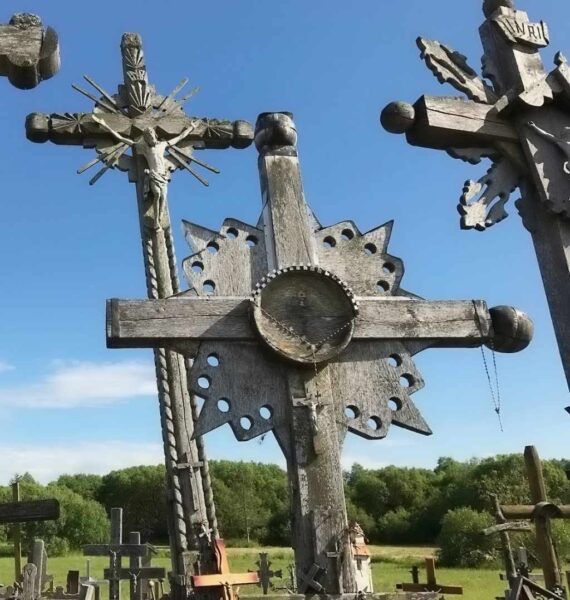
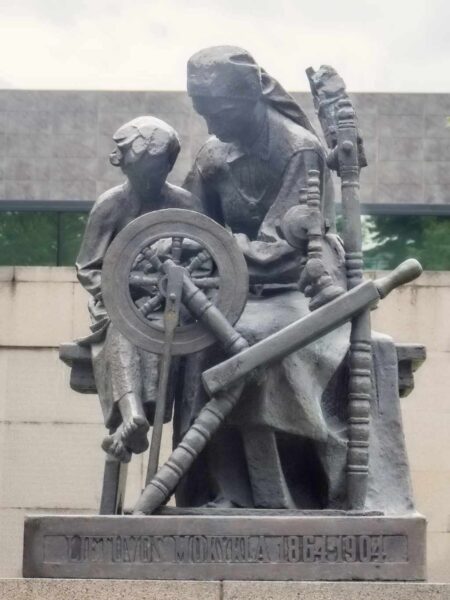
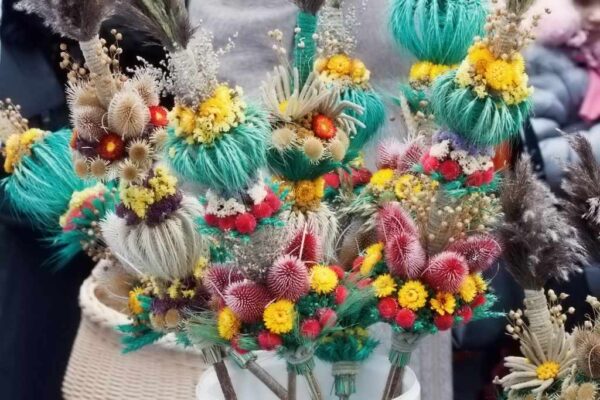

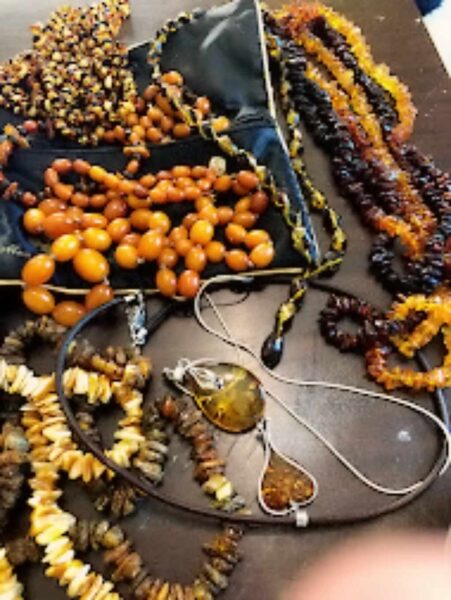

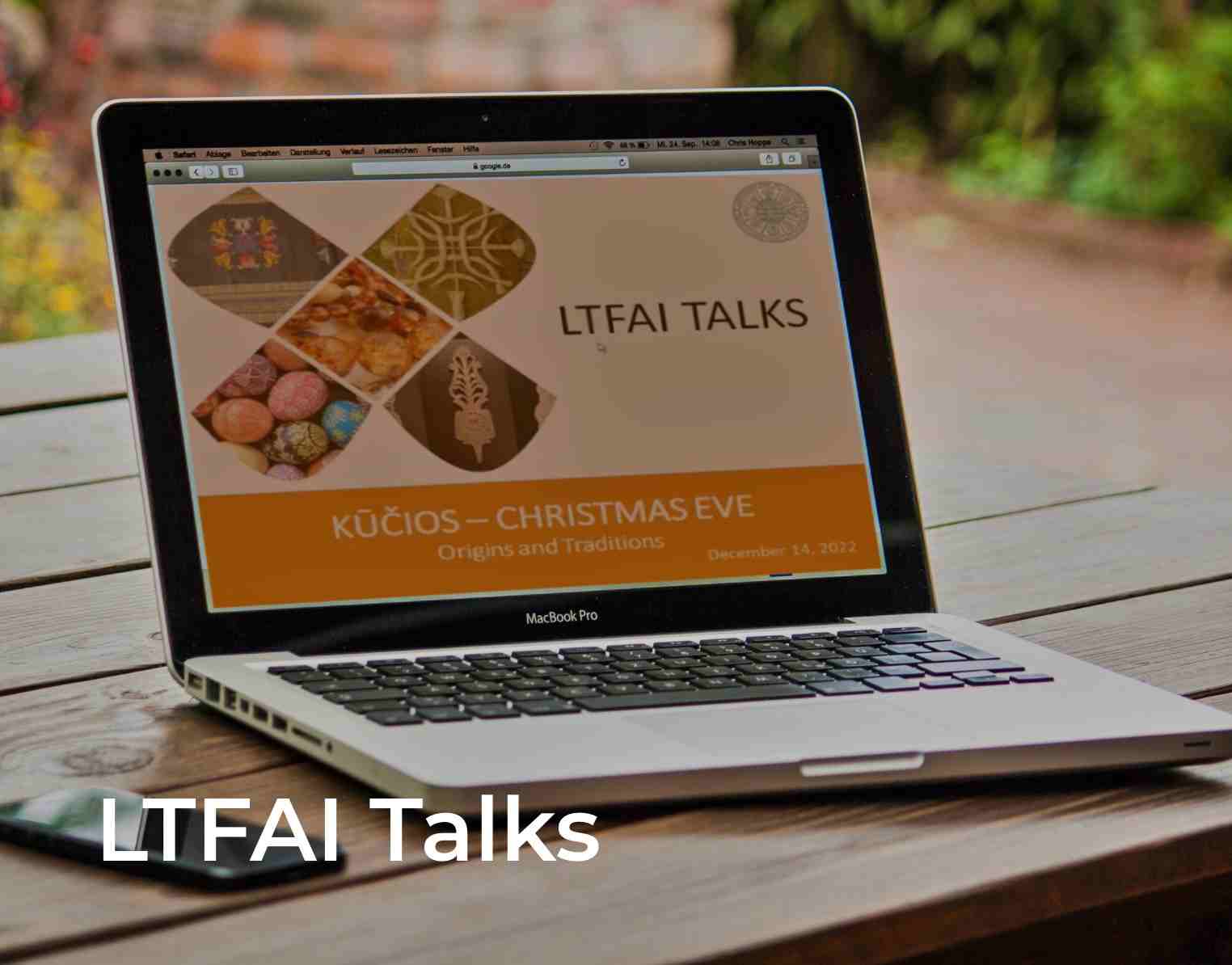
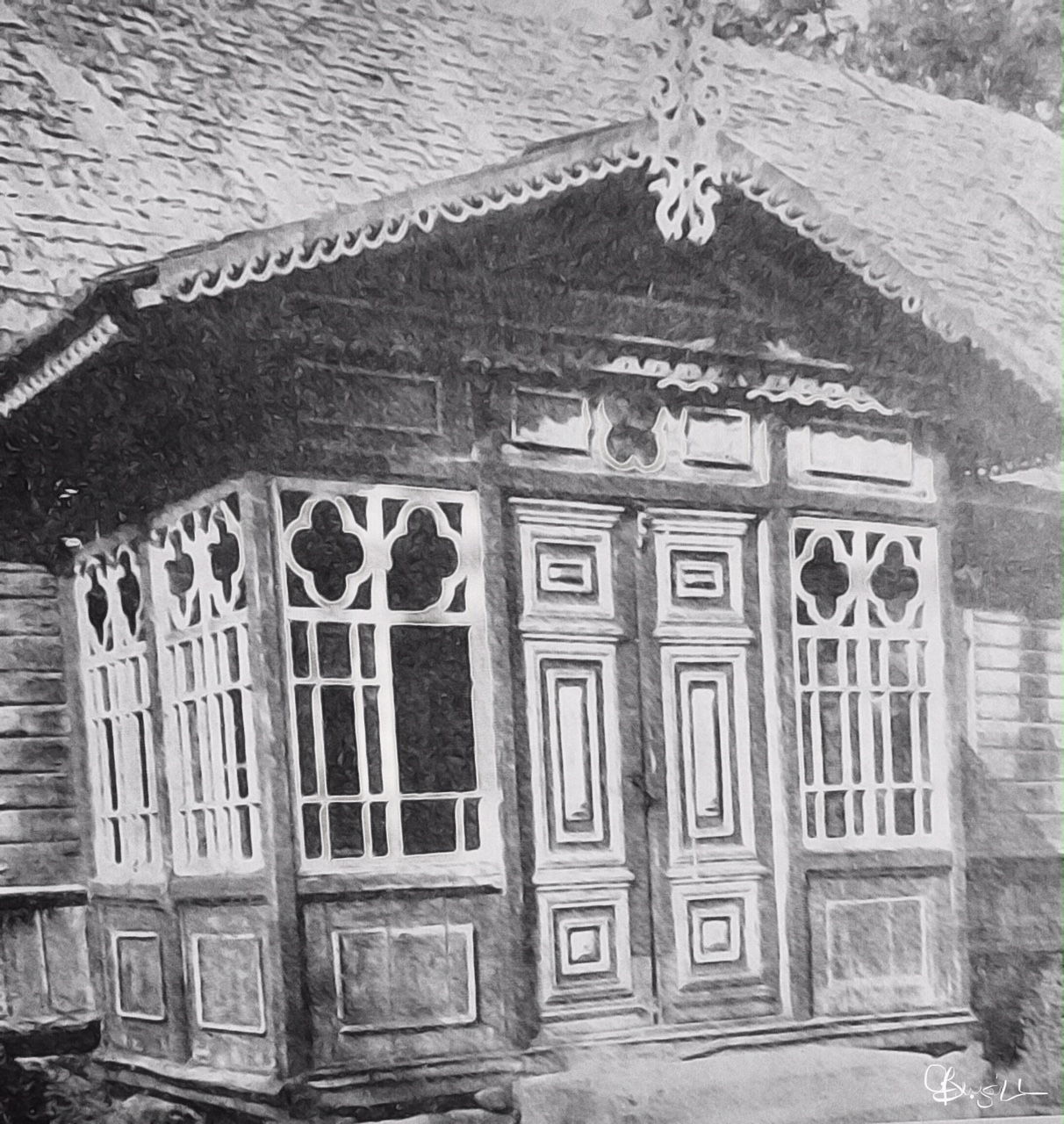
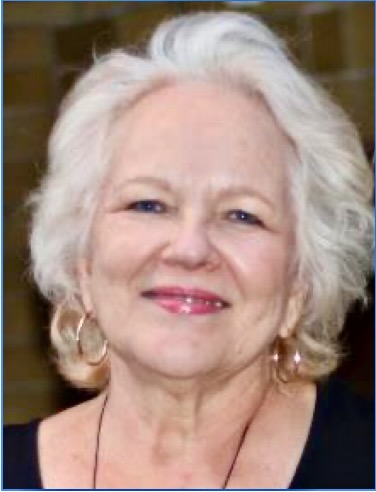 Ramune is a translator and editor, who worked with the Canadian Lithuanian Weekly Tėviškės žiburiai as managing editor for over 20 years.
Ramune is a translator and editor, who worked with the Canadian Lithuanian Weekly Tėviškės žiburiai as managing editor for over 20 years.